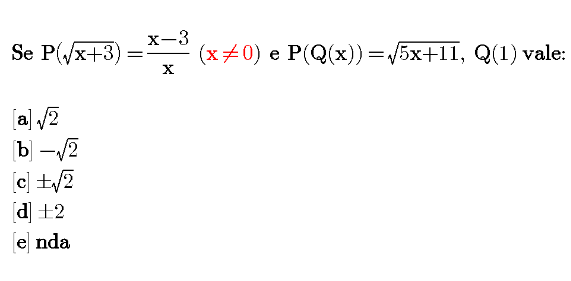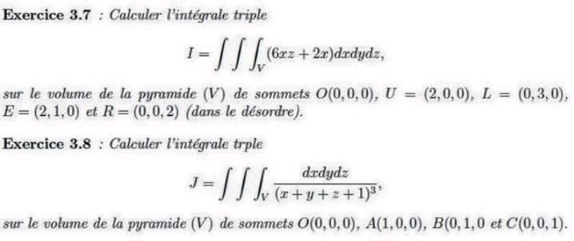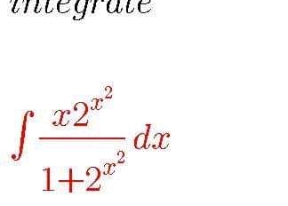
AllQuestion and Answers: Page 1194
Question Number 97230 Answers: 2 Comments: 0
Question Number 97227 Answers: 2 Comments: 1

Question Number 97226 Answers: 0 Comments: 0
Question Number 97218 Answers: 2 Comments: 0
Question Number 97206 Answers: 2 Comments: 0

Question Number 97200 Answers: 0 Comments: 8
Question Number 97199 Answers: 1 Comments: 0
Question Number 97192 Answers: 1 Comments: 4

Question Number 97189 Answers: 0 Comments: 0

Question Number 97182 Answers: 0 Comments: 0

Question Number 97181 Answers: 0 Comments: 0

Question Number 97174 Answers: 0 Comments: 0
Question Number 97173 Answers: 1 Comments: 0

Question Number 97157 Answers: 3 Comments: 1

Question Number 97153 Answers: 2 Comments: 0

Question Number 97143 Answers: 1 Comments: 0
Question Number 97142 Answers: 2 Comments: 3
Question Number 97139 Answers: 0 Comments: 1
Question Number 97138 Answers: 0 Comments: 0
Question Number 97137 Answers: 1 Comments: 2
Question Number 97136 Answers: 0 Comments: 3
Question Number 97135 Answers: 0 Comments: 1
Question Number 97134 Answers: 0 Comments: 0
Question Number 97132 Answers: 1 Comments: 1
Question Number 97130 Answers: 1 Comments: 0

Question Number 97129 Answers: 0 Comments: 0
Pg 1189 Pg 1190 Pg 1191 Pg 1192 Pg 1193 Pg 1194 Pg 1195 Pg 1196 Pg 1197 Pg 1198
